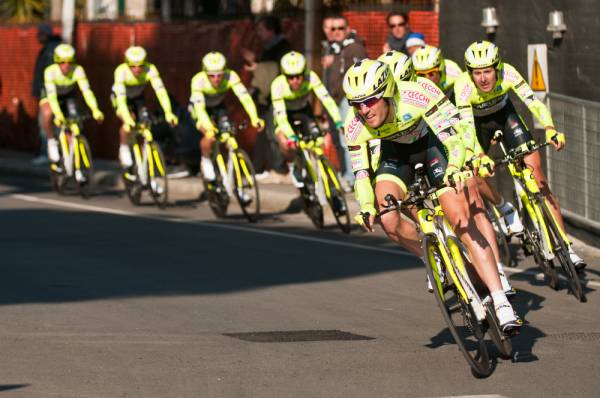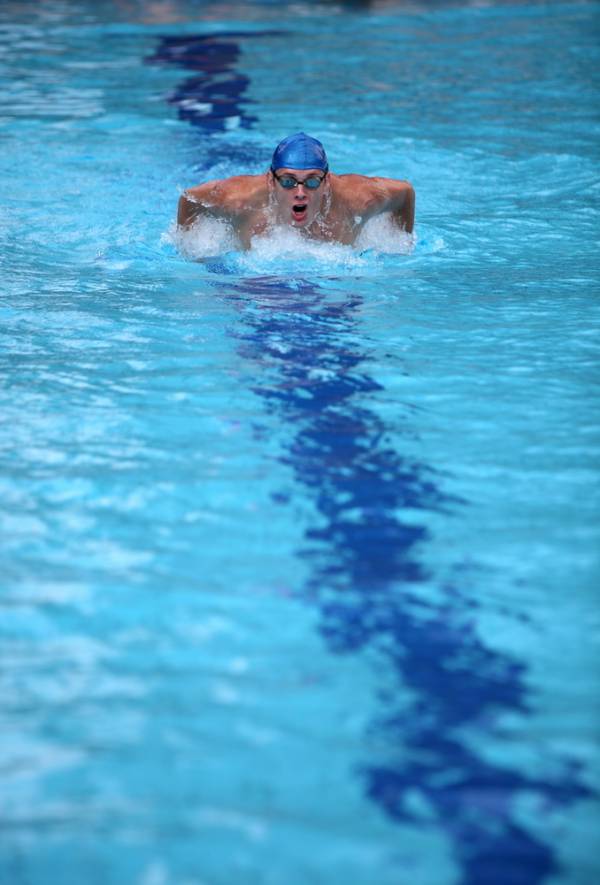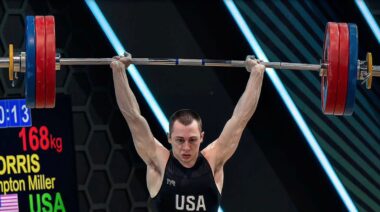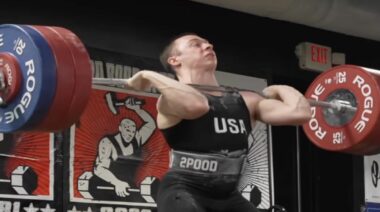With the Olympics just around the corner there will soon be living rooms filled with wannabe athletes intent on shaking off their slovenly past, ready to do some exercise, inspired by the incredible feats of the Games. Similar to what happened when forty-year-old Randy Couture became Heavyweight UFC champion and all of a sudden forty-year-old guys everywhere, who had once done a boxercise class, were suddenly going to “fight UFC.” The problem is they didn’t have Randy’s lifetime of athletic training and genetic gifts. Sooner or later burn out or injury ensued and there they were, back on the couch until the next significant event.
To me, the single most amazing thing about elite athletes is that they even achieve elite status in the first place. The sheer odds against it are astronomical. Look at running, for instance. If it takes 10,000 hours to gain world class status in a field, then that is the same as an hour run twice a day, five days a week for twenty years. And when the odds on running injuries are as good as eight in ten that you will get hurt, that’s a great effort to beat the odds over twenty years.
So this is my Rule #1: Don’t try to train like an elite. That being said, there is still a lot I can learn from the training protocols of the professionals and scale it down to my needs as an amateur athlete. Let’s first look at how the elite got to be elite.
I have a quick test I use to check if someone is ready to go through the kind of hellish volume and intensity that elite athletes do – I look to see if they have an Olympic medal around their neck. At worst, they need to have a senior national title before I’d worry about throwing them in the deep end of the pool, so to speak.
In most cases, what made an athlete great isn’t so much what they did yesterday, but what they did over a decade before. One of the greatest cricket players to ever play was Sir Donald Bradman. As a child he spent time hitting a golf ball back and forth against a weatherboard house with a stick. That’s a small target, a skinny surface to strike with, and an unpredictable rebound. He said that was how he learned to keep his eye on the ball.
Similarly, Floyd Landis was raised a strict Mennonite. His parents were unhappy with Floyd racing his bike and used to pile on the chores to try to deter him. Often, to get in the miles, he would have to ride in the dead of night in the middle of winter. To stay warm he would put two layers of socks on his feet, cover them with plastic bags, then his shoes, then another plastic bag. Then he would ride for hours and hours.

My point is that what makes a champion isn’t what you see now. It’s not the state of the art training facility, nor the complicated nutrition plan. It’s the years and years simply spent practicing the most important skill for that sport. In cricket it’s watching the ball onto the bat. In cycling it’s time in the saddle.
So if you had to learn a lesson from Rule #1 it’s that if you’re going to play a sport then become a student of that sport. Distill it down and focus on the one thing. But the next thing to learn would be don’t try to train fulltime like an elite athlete, because you simply won’t cope.
Take a look at what Iran’s weightlifting champion Hossein Rezazadeh did as a workout, twice a day, six days per week (all these numbers are in kilograms, by the way):
Morning Workout
Afternoon Workout
Still think you’re an elite lifter? If you can’t manage those numbers, and let’s face it, not many can even handle his second warm up set of power snatches in the morning workout, don’t you think you have some more work to put in before worrying about a double split workout? This same holds true for plyometrics, sport specific training, and just about anything else I can think of beyond getting in thousands of repetitions of the basics and grooving sport skill.
A further example can be seen in Chris McCormack’s basic training week (he is a two time Ironman world champion). Keep in mind this is week one of a sixteen-week block and builds up from here:
Monday
Tuesday
Wednesday
Thursday
Friday
Saturday
Sunday
Still think you’ve got what it takes to train like a pro? And remember, this is week one. It gets harder from here on. The scary part of this is that McCormack actually talks about how he has cut back on his training over the last few years and now just does the bare minimum.
What I learn looking at these two entirely different plans is this: The best of the best don’t waste time with “stuff.” Rezazadeh’s goal is to lift the most in snatch and clean and jerk. Aside from squatting, that’s what he does in training. Chris McCormack on the other hand needs to be able to swim, ride, and run big distances fast and for a long time and his training plan reflects that.

While not anywhere near the kind of build that would ever see me as even a “good” lifter I could learn a thing or two from the Iranian’s training – focus on squatting and a single lift at each training session. Focus on quality reps and always technique, technique, technique.
From Chris, as tempting as it may be to try to match him for a single week as a personal challenge (and you never know, I’m dumb enough to try that) I see that I need a lot of time on the bike with five of seven days having rides, two long runs, and four swim sessions per week. The actual times, as with Rezazadeh’s lifts, could be modified to suit my more average needs.
By all means look at what the professionals do, but you don’t need to emulate them. Learn from them and their mistakes, and then modify to suit your own needs. But don’t get over ambitious about it. You will gain far more from a slightly less intense plan that you can stick to for long periods of time than you will from one you can only do short term until injury or burn out strike.






